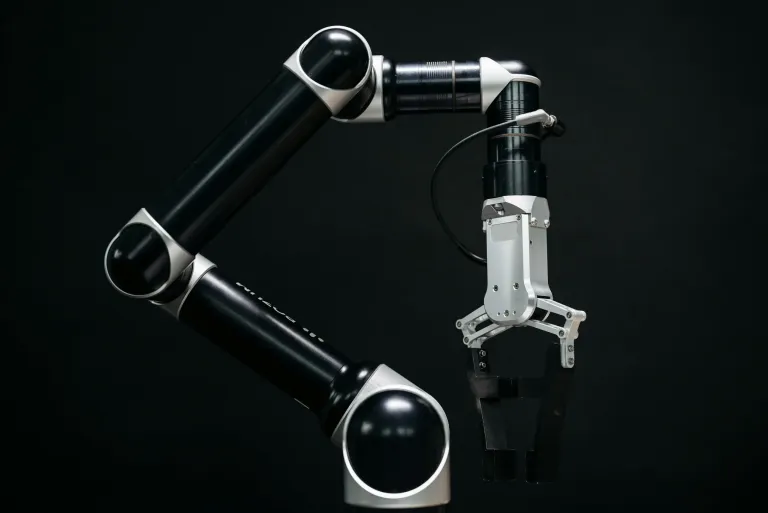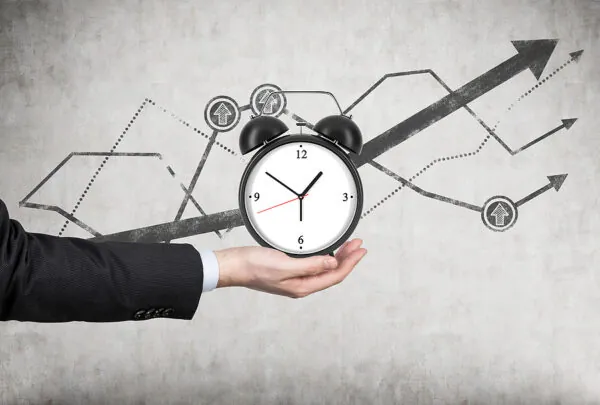
Introducing License Plating to Accelerate Warehouse Inventory Management
Too many warehouses continue to use outdated inventory management processes for handling large quantities of material. Tracking each unit of stock with pen and paper or manually keying in inventory data is a time-consuming process that sucks up large amounts of labor, effort and operating costs.
According to the U.S. Bureau of Labor Statistics, the number of warehouses in the country has increased exponentially, from 15,203 locations in 2008 to 17,389 establishments in 2017. In addition, a survey conducted by Zebra revealed that 60% of managers expected to expand the number of SKUs processed by 2020.
With greater volumes of inventory flowing in and out of more warehouses than ever, having a methodology in place to make the handling of large quantities of inventory easier and more cost-effective is critical to ensuring future competitive success.
That’s where License Plating comes in.
What Is License Plating?

License Plating is a practice of grouping sets of units under its own unique barcode or RFID tag, called a License Plate (LP), making it easier and faster to receive, transfer and transact that group of inventory as a single unit. Imagine being able to receive 1,000 units with a quick barcode scan rather than scanning each item individually.
A single license plate can contain multiple data points, such as:
- Item type
- Quantity
- Part numbers
- Serial numbers
- Manufacturing date
- Expiration date (if applicable)
- Lot number
- Location
- Inventory status
What defines a ‘container’? You decide. A dedicated license plate can be assigned to a pallet, product carton, truck, ocean freight box and more.
Most often, LPs help the tracking, transfer and receiving of pallet-loads as they make their way through the supply chain with a high level of accurate visibility.
However, where License Plating really comes into its own is in its scalability for large enterprise operations. For example, a set of 100 items may be grouped into a single box, which is then assigned its own license plate. That box is packed onto a pallet of other boxes, each with its own LP, and then the pallet itself is given an LP as well. Those pallets are loaded onto a truckload (the truckload is given its own LP), which goes onto a train containing 14 other truckloads (all 15 under another LP), and then 10 of those trains are then loaded onto a cargo ship, which also has been assigned its own LP.
When that cargo ship arrives at its destination, the entire shipload can be received in a quick and easy barcode scan. Instead of having to spend time scanning all 1-Million items individually, the warehouse only has to scan the shipload’s license plate—that is, once. In that scenario, the time saving represents a factor of 1,000,000:1. (Of course, not all scenarios will be that extreme.)
When to Introduce License Plating
A license plate inventory system is a useful strategy for warehouses to increase efficiency and accuracy while simultaneously simplifying inventory tracking. Some of the signs your business may need license plating include:
- Receiving, transferring, and transacting inventory, assets or materials requires a significant amount of manpower and time.
- You experience several inventory errors or lost products caused by incorrectly entered information.
- You have trouble tracking your inventory using existing processes.
- You face product expirations, recalls, food waste, counterfeit materials and other factors that require track-and-trace functionality.
- You run out of parts for repairs and maintenance, putting a hold on manufacturing and production.
- You face difficulty when planning shipments.
- You need to comply with EDI labeling requirements, like UCC 128 labels or Advanced Ship Notices (ASN).
How License Plating Can Accelerate Your Business
License plating is a standard bolt-on for ERP platforms like JD Edwards. However, these modules can be prohibitively expensive. Vendors like RFgen offer a license plating solution with the same functionality, but at a fraction of the cost for acquisition and implementation.
With RFgen License Plating, not only can you streamline the moving of goods down the supply chain, but it improves the overall inventory tracking effectiveness of your operation. This can lower costs, improve accuracy and efficiency, increase customer satisfaction and visibility, and allow your company to keep up with expanding inventory volumes.
Warehouses, distribution centers, transportation companies, and manufacturers can all benefit from license plating. That’s because license plating impacts both inbound and outbound process, such as:
Higher Volume, Less Work
As mentioned previously, license plating’s primary benefit is that is allows you to transact larger volumes of inventory with one scan. License plating is flexible, enabling you to use the technology in a way that fits best with your operation. The ability to process higher volume with greater accuracy and fewer man-hours is a functionality you can’t ignore.
Put-away in Kits
When your warehouse receives orders, it can begin grouping items together rather than storing each piece of inventory separately. Locating and transferring groups of inventory within and between sites then becomes simple, easy and painless. Grouping products together is also useful when you purchase the same collection of items together on a regular basis. Instead of reprocessing the entire order each time, license plating simplifies the process immensely.
Track Containers in Outbound Inventory
When you are getting ready to ship out inventory, using license plating simplifies the outbound process by enabling warehouse staff to efficiently bundle and transact pallets using LPs that only require one scan at each stage. Then, as these items travel to other parts of the supply chain, tracking and visibility are easily maintained without having to track all items separately.
Tailored Load Management Functionality
RFgen’s License Plating uses data stored from load management functionality to conduct and oversee travel routes, maintain weight restrictions and combine multiple license plates to create one single container that can be scanned as one license plate, further simplifying this process. The flexibility of LP technology makes it possible to tailor the software to specific needs as well.






